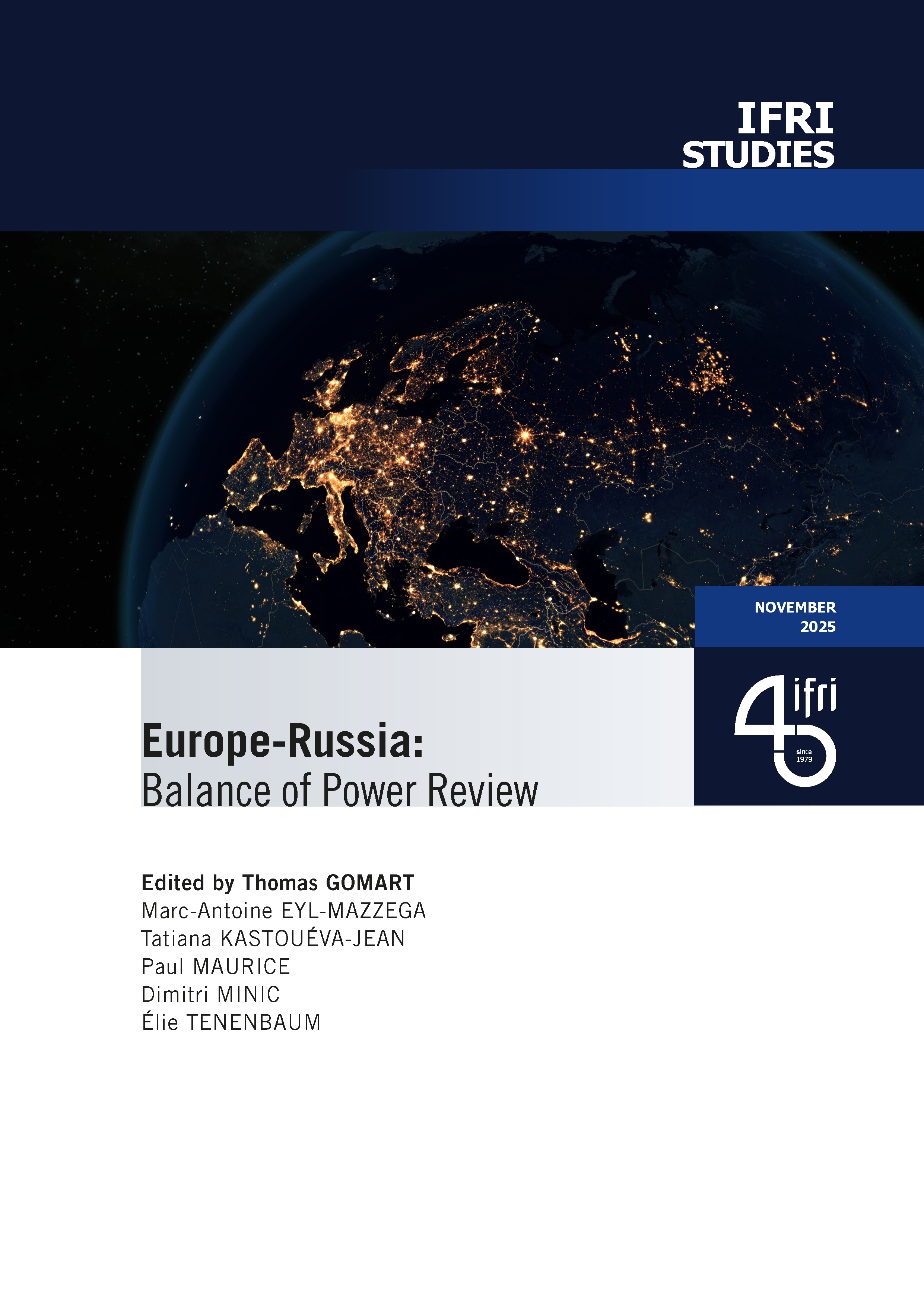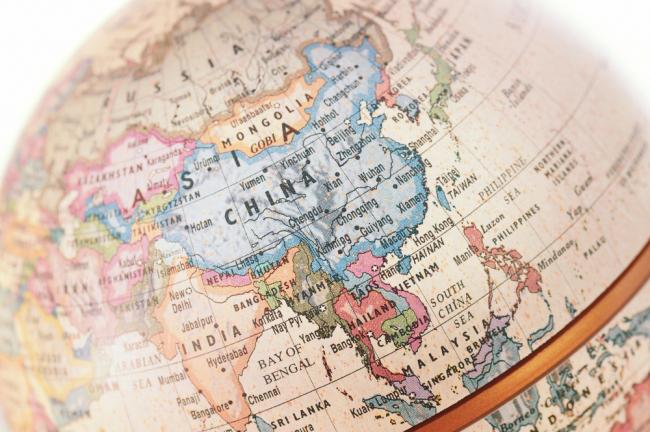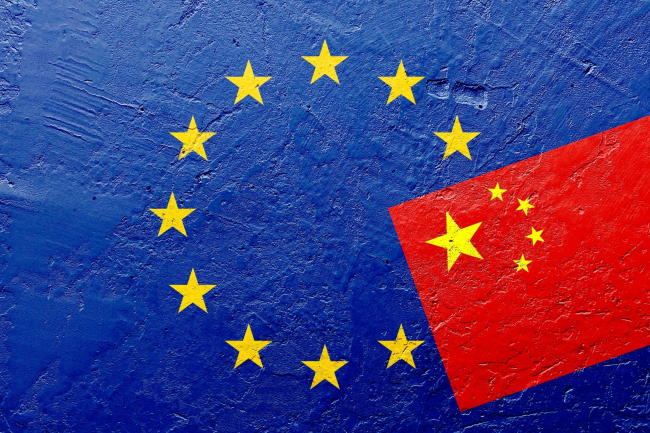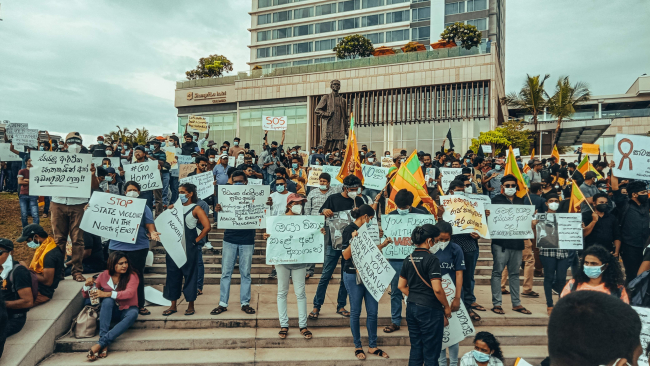Rare Earths and Clean Energy: Analyzing China's Upper Hand
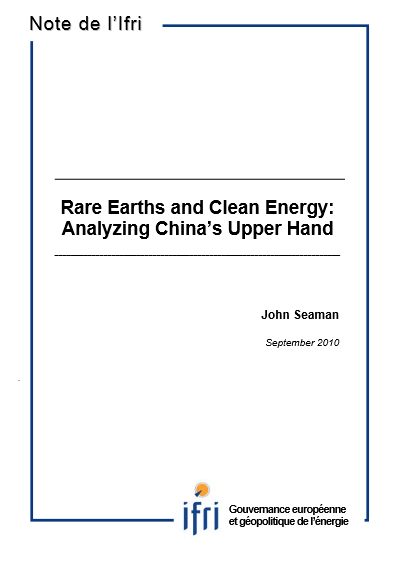
An ominous resource crunch in the so-called “rare earth elements” is now threatening the development of a number of key industries from energy to defense to consumer electronics. As key components in the latest generation of technologies, including specialized magnets for windmills and hybrid cars, lasers for range finders and “smart” munitions, and phosphors for LCD screens, demand for these rare metals is expected to grow rapidly in the years to come.
But decades of underinvestment in the mining and separation of these elements across the globe has left the industry ill-prepared to meet this growing demand. Over the years, only China has recognized the strategic significance of these resources and has succeeded in gaining a near monopoly on production, currently churning out 97% of the world’s rare earth oxides. Faced with problems of its own, and eager to use its resource advantage to master higher levels of value-added production of rare earth-dependent products, China has increasingly limited the rest of the world’s access to these raw materials. This only complicates what was already projected to be a problematic resource shortage.
This issue demands a higher quality of public debate. Rare earth consuming countries outside of China have only recently become aware of their dependence and started to take stock of the risks. Time is of the essence.
Bringing new supplies online to meet growing demand is a long, complicated and risky process but is nevertheless necessary to ensure the development of high tech industries, notably clean energy. Accessible reserves of rare earths do exist outside of China and mitigating the effects of the looming shortage requires opening up these reserves to production. Yet, as the Chinese experience attests, there are substantial risks to the environment associated with mining and separating rare earths. Care must be taken to ensure responsible mining practices across the globe. Longer-term solutions, such as recycling programs, increased efficiency in resource use and the development of alternatives to rare earths are important endeavors and should be pursued, but they should not be substitutes for developing rare earth supplies outside of China today.

Available in:
Regions and themes
ISBN / ISSN
Share
Download the full analysis
This page contains only a summary of our work. If you would like to have access to all the information from our research on the subject, you can download the full version in PDF format.
Rare Earths and Clean Energy: Analyzing China's Upper Hand
Related centers and programs
Discover our other research centers and programsFind out more
Discover all our analyses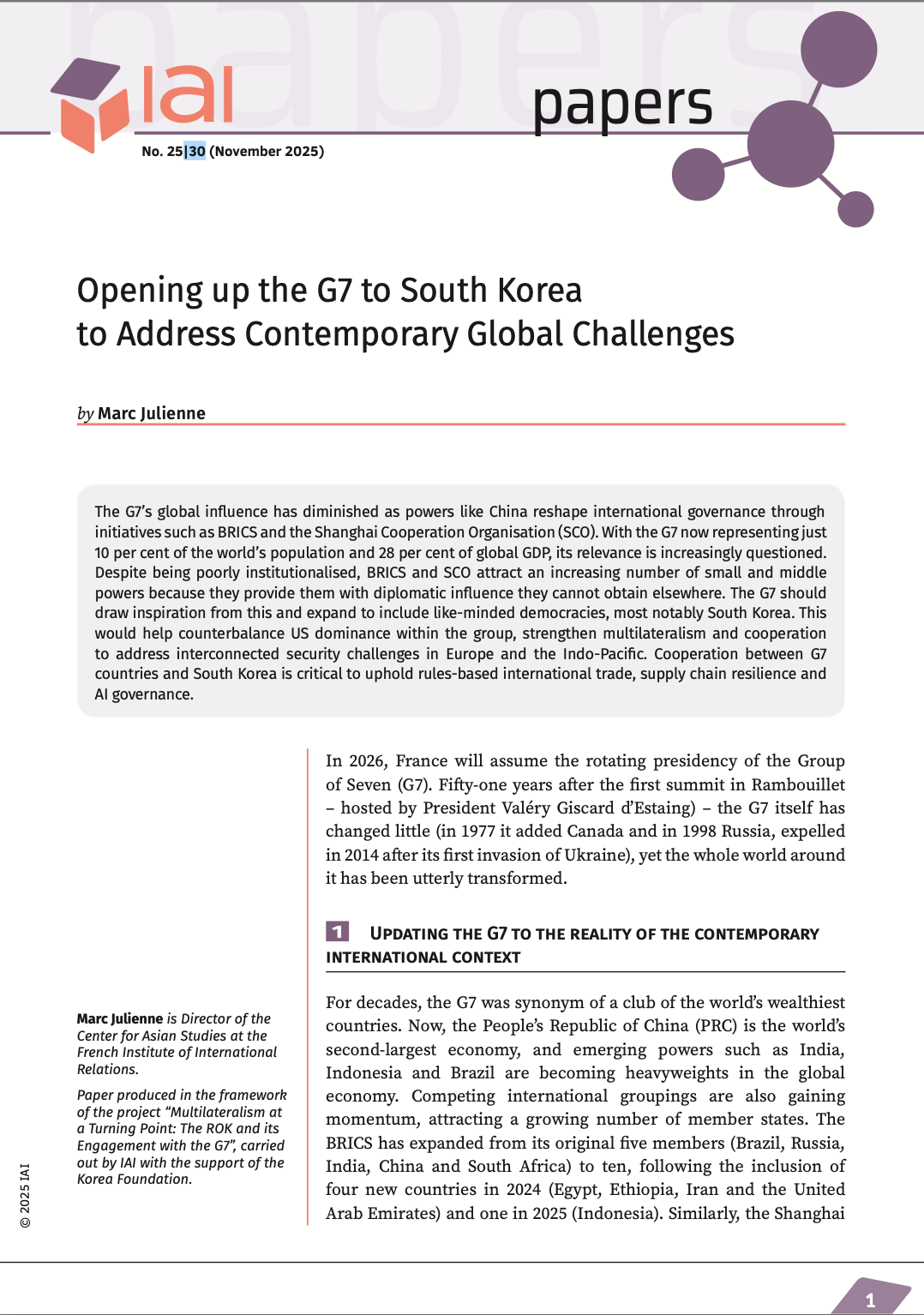
Opening up the G7 to South Korea to Address Contemporary Global Challenges
The G7’s global influence has diminished as powers like China reshape international governance through initiatives such as BRICS and the Shanghai Cooperation Organisation (SCO). With the G7 now representing just 10 per cent of the world’s population and 28 per cent of global GDP, its relevance is increasingly questioned.
Expanding SPDMM as a pivotal institution in the Pacific – A French perspective
The South Pacific Defence Ministers’ Meeting (SPDMM) is the only forum that brings together defense ministers from the wider South Pacific — including Chile, which is hosting it for the first time. This heterogeneous group of countries with varying resources, capacities, and interests — Australia, Chile, Fiji, France, New Zealand, Papua New Guinea (PNG), and Tonga — are united by their shared determination to strengthen cooperation on maritime security and humanitarian assistance and disaster relief (HADR) activities.
EU’s Derisking From China: A Daunting Task
With economic security as a major concern, the EU has recently turned to “derisking” from China. The EU strategy entails reducing critical dependencies and vulnerabilities, including in EU supply chains, and diversifying where necessary, while recognizing the importance and need to maintain open channels of communication.
Sri Lanka’s NPP Government. From System Change to Structural Compliance
In September 2024, a relative outsider to Sri Lanka’s two-party-dominated political system, Anura Kumara Dissanayake, won the presidential elections. The anti-establishment, populist movement he represented, the National People’s Power (NPP), went on to receive an overwhelming mandate in the November 2024 general elections, winning 159 seats in a 225-member parliament.


